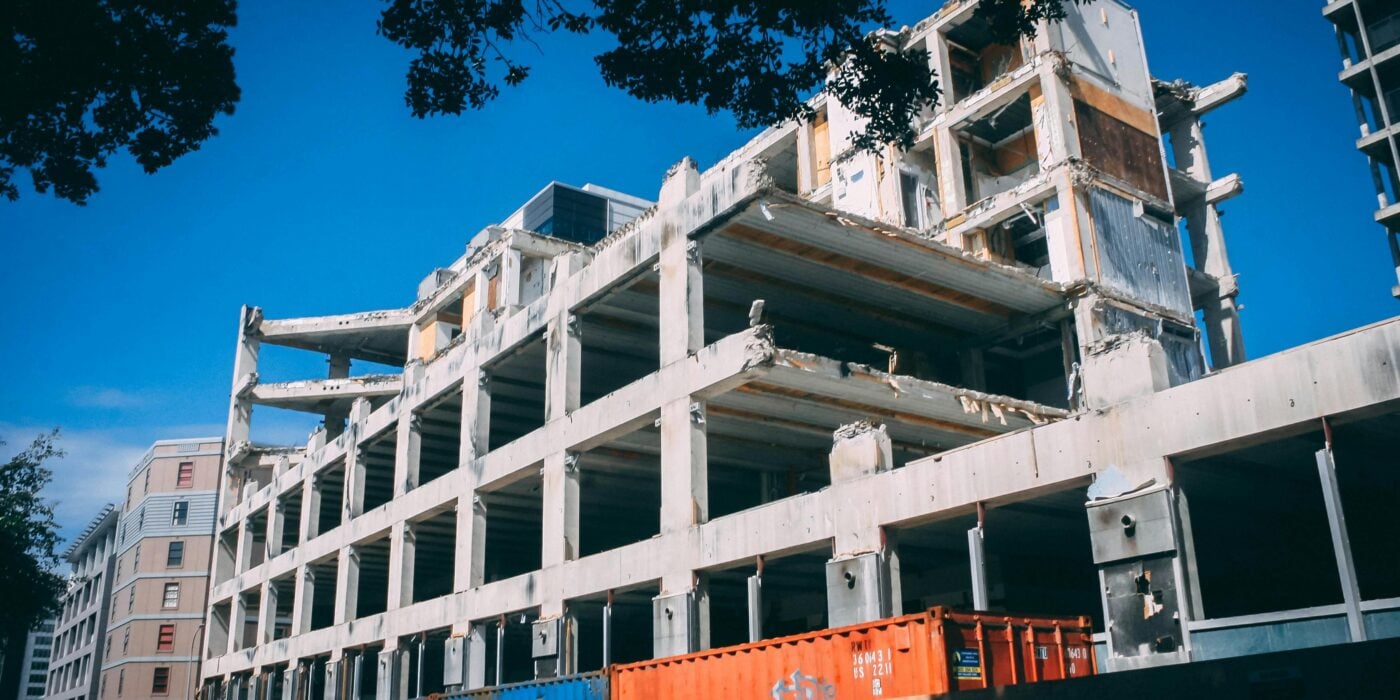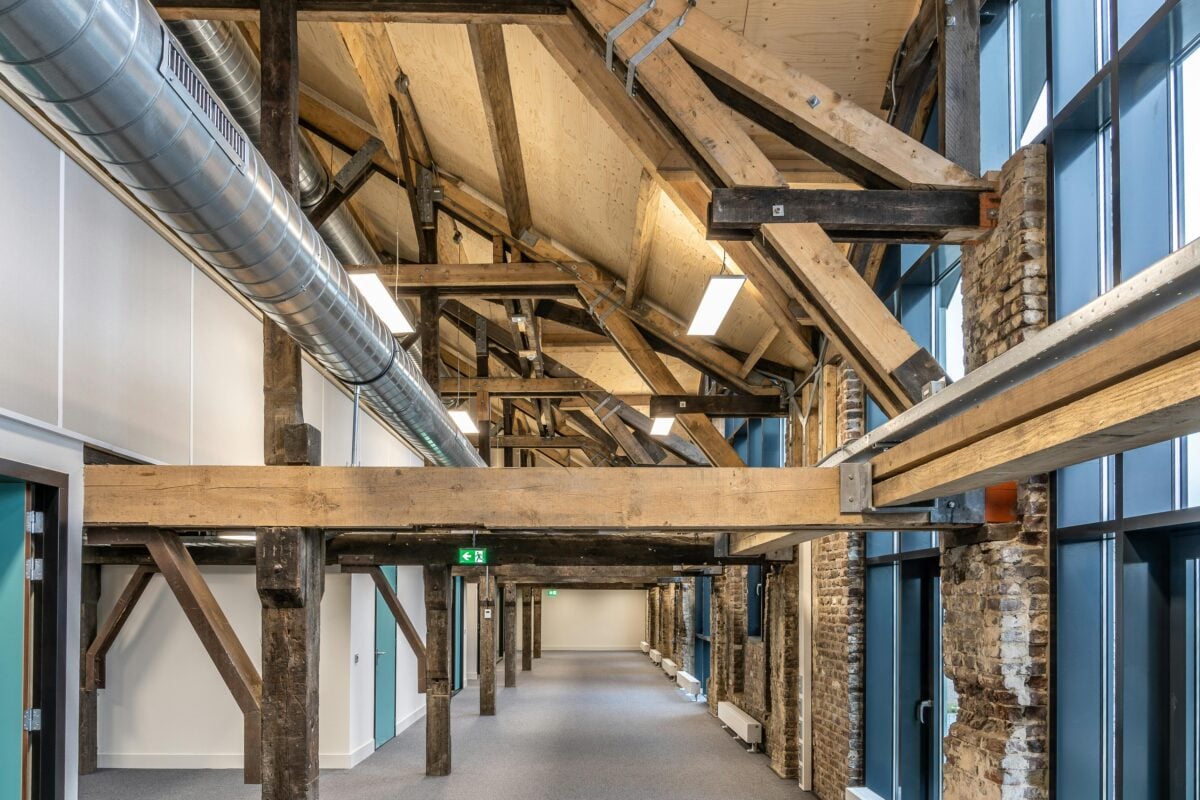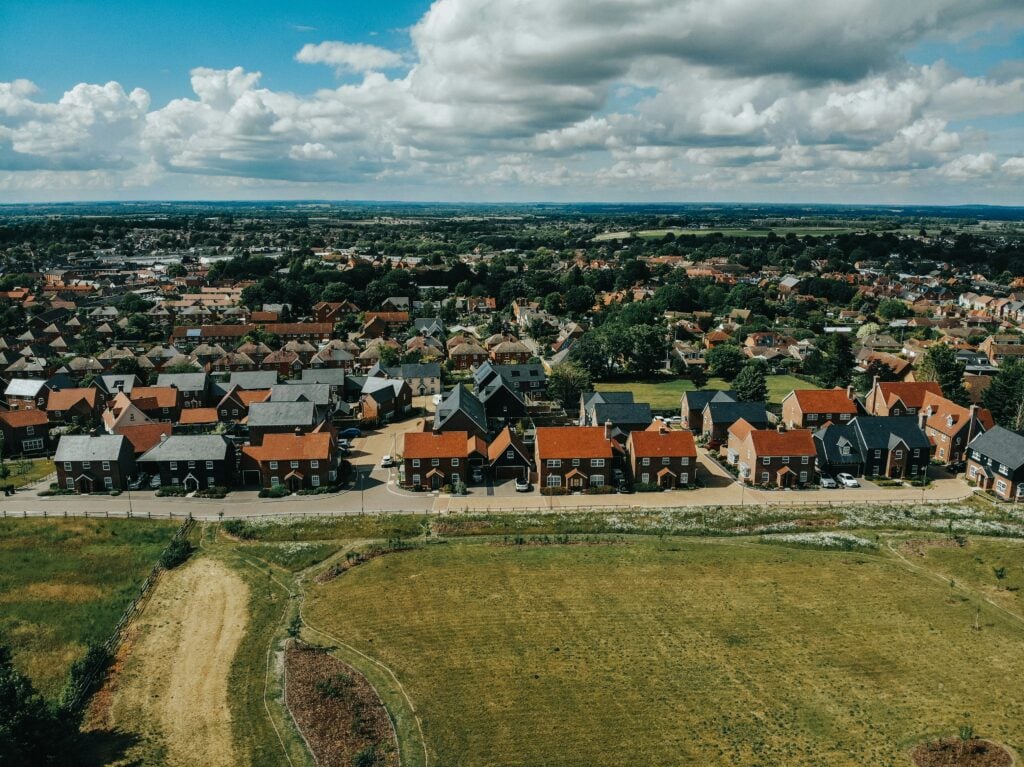Why Reuse Matters
Retaining the structural frame of a building can save embodied carbon and costs compared to full demolition and rebuild. These savings are not just environmental- they’re economic. By approaching buildings from a lifecycle perspective, engineers can unlock value across carbon, material, energy, and cost.
Other industries reuse and repair things like clothes, gadgets and cars, so why not buildings?
The Engineer’s Role in Adaptive Reuse
Structural engineers are central to this shift. Their responsibilities span:
- Feasibility assessments
- Planning and managing works
- Compiling results and drawing conclusions
- Controlling expectations
- Test of true understandings of materials in the real world
The new emphasis is that design is about accommodating change, not compromising vision. This mindset is key when adapting buildings for new uses-whether increasing floor space, changing function, or meeting heritage planning requirements.






